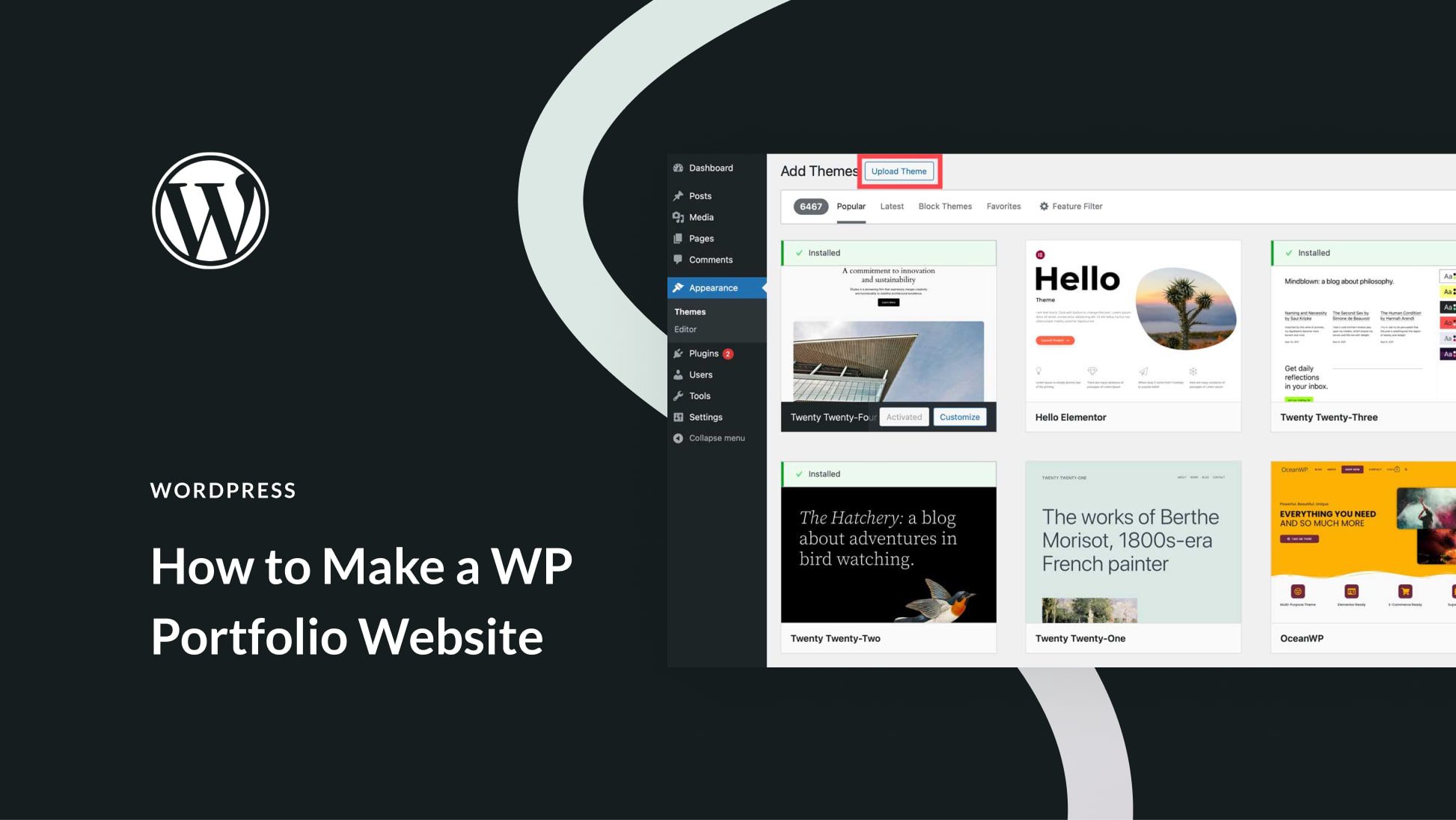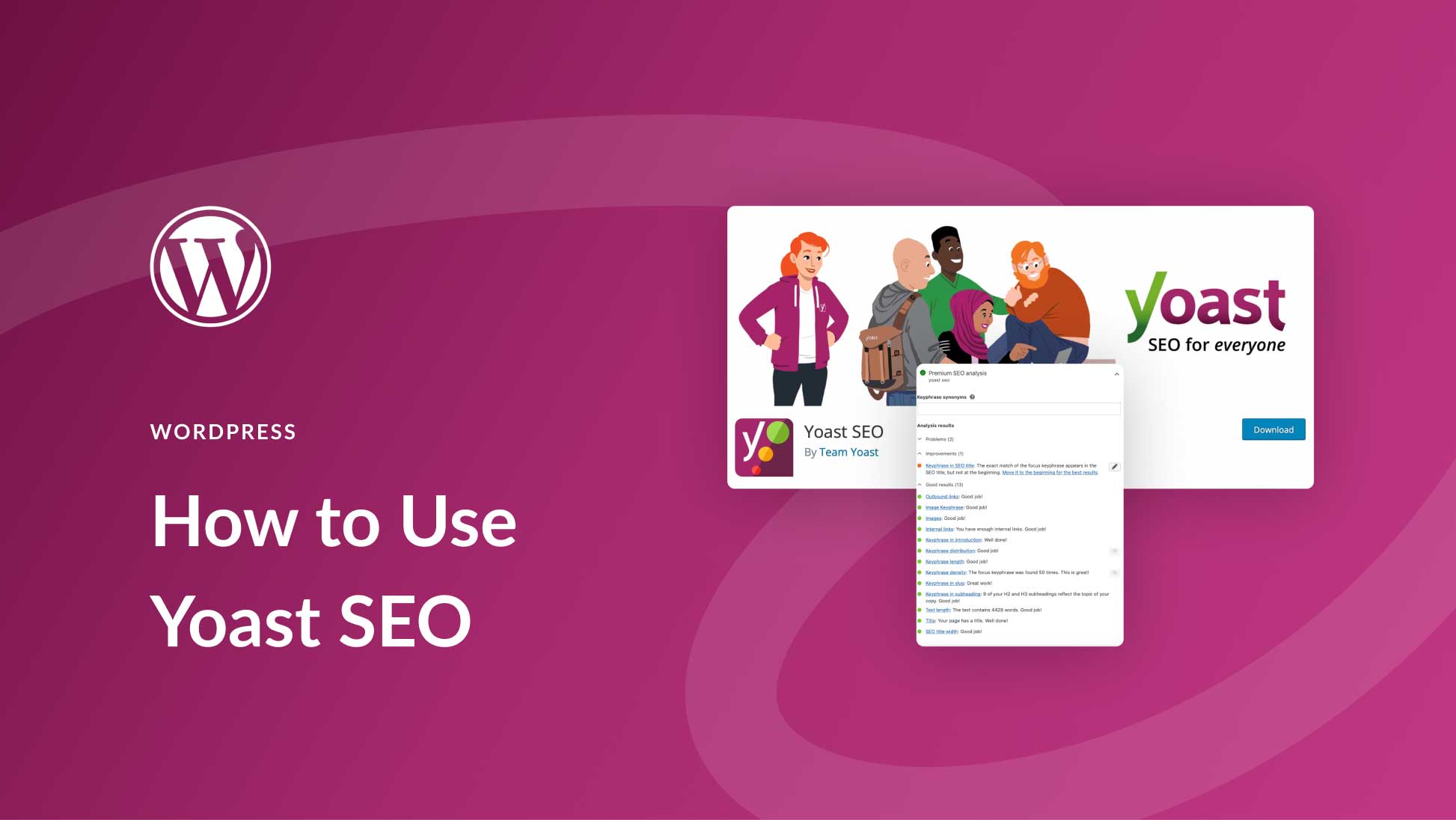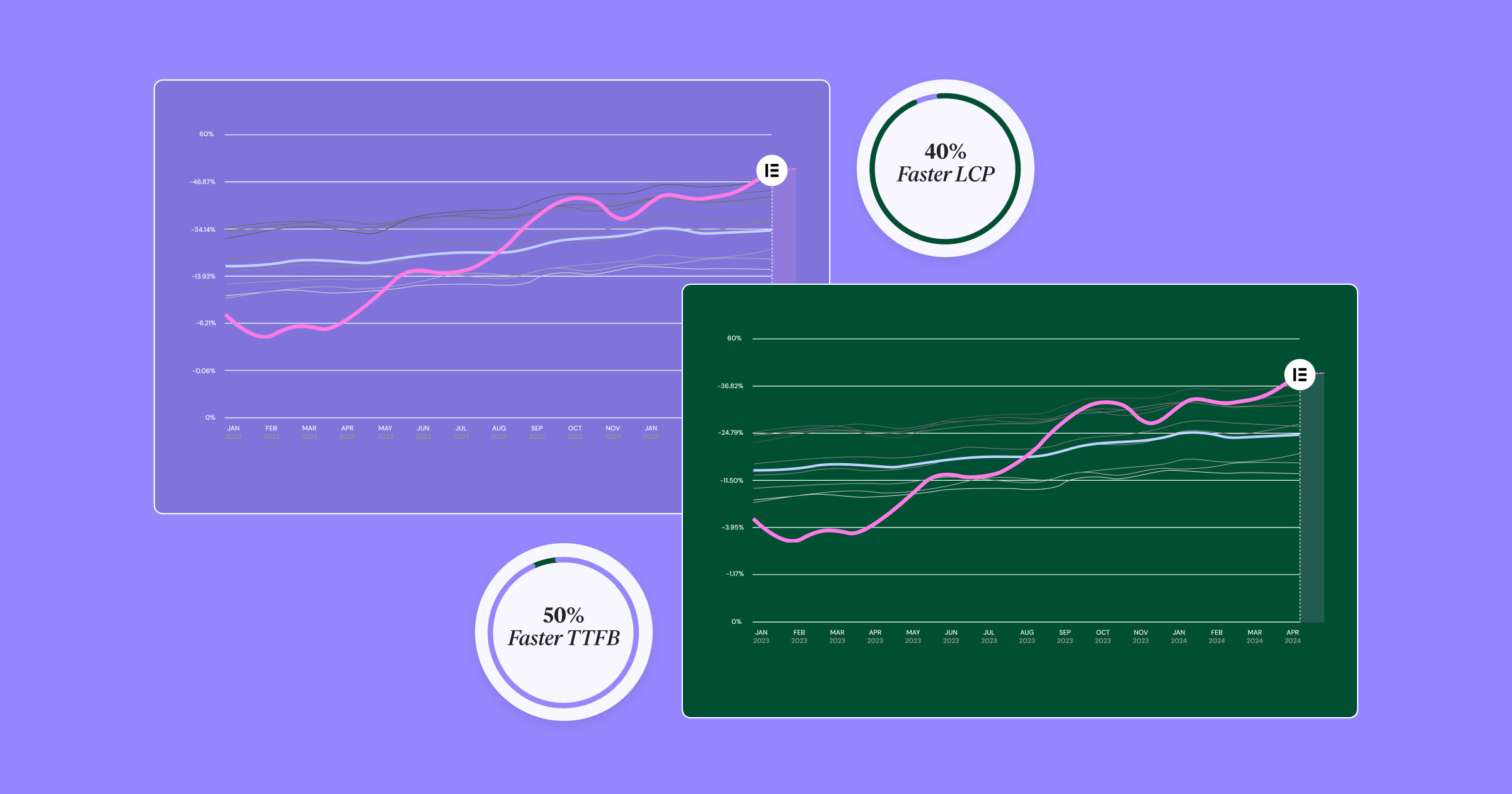


Speed Up WordPress Site Without Plugins: Quick & Easy Tips Guide. Boost your WordPress site's speed without plugins! Discover quick & easy tips to enhance performance, improve user experience, & keep visitors happy.
Images are essential for a great website. Be that as it may, large images can slow down your WordPress site. Speed Up WordPress Site Without Plugins: Quick & Easy Tips Guide can help manage images without extra plugins. Resize your images before uploading. Tools like Photoshop or online compressors are easy to use.
Choose formats wisely. JPG is great for photos, while PNG is better for graphics with fewer colors. These formats balance quality & size. Aim for size reduction between 30-70%. You will notice how quickly pages load.
Use a clear naming structure for images. Use keywords relevant to your content. Search engines will better index your images this way.
Consider using the srcset attribute for responsive images. This helps load the proper size based on user screen dimensions. Implement this in your <img> tags.
| Image Formats | Use Case |
|---|---|
| JPG | Best for photographs |
| PNG | Best for graphics with transparency |
Browser caching stores files on users’ devices. This lets the browser load web pages faster on repeat visits. To implement this, you can add rules to your .htaccess file.
For example, use the following code:
# Add this to your .htaccess
ExpiresActive On
ExpiresDefault "access As well as 1 month"
ExpiresByType image/jpg "access As well as 1 month"
ExpiresByType image/png "access As well as 1 month"
ExpiresByType image/gif "access As well as 1 month"
This code tells the browser to remember files for a month. Users get faster loading times. Ensure your caching rules match your website needs.
Regularly clear your website cache & CDN cache. This ensures users always see the latest content.
Every single element on your page sends a request. Fewer requests lead to faster loading times. First, evaluate your current requests by using tools like GTmetrix or Pingdom.
To reduce requests:
Combining files helps to streamline requests. A single file is easier for browsers to load.
| Action | Effect |
|---|---|
| Combine files | Fewer requests |
| Minimize images | Faster load times |
A CDN helps distribute your content across different servers. This reduces loading time. Users load resources from a server closer to them. Explore free CDN options. Many offer basic services at no cost.
Setting up a CDN can work well. Simply sign up & follow instructions on integrating with your WordPress site. Most services provide easy guidelines for connection.
Check the CDN network speed before proceeding. Select a service that covers regions where your audience resides. This ensures efficient delivery of content.
Using a CDN can significantly improve your website speed. This is key in the Speed Up WordPress Site Without Plugins: Quick & Easy Tips Guide.
WordPress databases can become cluttered over time. Cleaning them leads to better performance. You can manually delete revisions, drafts, & spam comments. Access this by going to your WordPress dashboard.
Go to Posts > All Posts. Delete any drafts or revisions. Navigate to Comments > Spam to clear out spam comments.
You may want to clean transient options regularly. These are temporary data stored by WordPress. Use code snippets in your functions.php file for cleanup:
add_action('wp_scheduled_delete', 'delete_transient_options');
function delete_transient_options() {
delete_post_meta_by_key('_transient');
}
This function removes old transient options automatically.
Redirects slow down your website. When users click a link that has a redirect, it acts as an extra request. Identify unnecessary redirects in your setup.
Eliminate or fix any broken links in your site. You can use tools like Broken Link Checker to identify issues. This helps reduce HTTP requests as well. A clean linking structure improves user experience.
In cases where redirects are necessary, ensure they are permanent redirects (301). Temporary redirects (302) can cause delays.
| Redirect Type | Impact |
|---|---|
| 301 (Permanent) | Better for SEO |
| 302 (Temporary) | Can cause delays |
The choice of a theme impacts speed significantly. Lightweight themes load faster. Research & select an optimized option. Many themes are available on WordPress that offer speed-focused designs.
When browsing themes, consider the following:
Consider free themes like Astra or GeneratePress. These options often come with speed optimization in mind.
Test your site's speed once you switch themes. Use tools to confirm better performance.
Your homepage is the first impression for many users. Optimizing it can lead to better load times. Keep your homepage simple. Limit the number of posts or images displayed. This ensures faster performance for new visitors.
Show excerpts instead of full posts. This minimizes the amount of content loaded at once. Users can click to read the full post. This also improves navigation.
Display a static page instead of recent posts if possible. A simple design leads to quicker loading times.
| Optimization Technique | Benefit |
|---|---|
| Limit posts | Faster loading |
| Use excerpts | Simplifies user experience |
WordPress saves revisions for every post. This can slow database queries. To limit post revisions, add this line to your wp-config.php file:
define('WP_POST_REVISIONS', 5);
This restricts saved revisions to only five. Users have cleaner databases with fewer entries. Clean databases help improve loading times.
Regularly check for post revisions. Delete older ones to keep everything neat. This is essential in the Speed Up WordPress Site Without Plugins: Quick & Easy Tips Guide.
WordPress comes with many built-in features. Some may go unused, causing unnecessary resource consumption. Disable features not essential for your website.
For instance, if you don’t use website comments, turn them off. Go to the settings section, find discussion settings, & uncheck related options.
These simple changes can streamline your site. Reducing bloat enhances performance.
CSS & JavaScript files can slow down your site. Minify these files to remove unnecessary spaces & comments. You can accomplish this using various tools online.
Also, consider combining CSS & JS files to reduce HTTP requests. Use the built-in ‘wp_enqueue_style’ & ‘wp_enqueue_script’ functions in WordPress for combination.
Load scripts only where needed. Use conditional loading for scripts & styles on pages requiring them specifically. This limits loading time for users not needing those resources.
| File Type | Action to Take |
|---|---|
| CSS | Minify & combine |
| JavaScript | Load conditionally |
Regular maintenance is vital for a WordPress site. Schedule routine optimizations to keep everything in check. This includes clearing cache & cleaning databases.
Set reminders or create a maintenance calendar. Include tasks like:
Regular maintenance keeps your site running smoothly. A few tasks can make a huge difference in speed.
Monitoring your site's speed provides valuable insights. Tools such as GTmetrix or Google PageSpeed Insights are excellent for this. These tools highlight areas for improvement.
Set up monthly checks to see how your changes affect speed. Regularly testing helps you stay on top of potential issues. You'll have ample time to create solutions.
“Web performance is key to user satisfaction & ranking.” – Laisha Beier DVM
Consider creating a report to track changes over time. This helps pinpoint effective strategies & unsuccessful ones.

Speed is crucial for any WordPress site. A fast site improves user experience. Users will stay longer on your site. They may even return. Search engines also prefer fast sites. A slow site can affect your rankings. Speed can lead to more engagement & sales. Simple improvements can make a big difference.
"To speed up WordPress site without plugins: quick & easy tips will help your site shine." - Emma Crooks
Images can slow down your site. Large images take longer to load. Always resize images before uploading. You can use tools like Paint or online services to shrink them. The right size can improve load time. Consider using the right file formats too. JPEG is good for photos, while PNG is better for graphics.
| Format | Best For |
|---|---|
| JPEG | Photographs |
| PNG | Graphics with text |
Browser caching allows users to load your page faster. It saves a copy of your site on their device. This way, they don’t have to download files again. You can do this with a few small changes in your server settings. Add cache control headers. You can find guides for this online.
| Benefit | Details |
|---|---|
| Fast Loading | Pages load quickly for return visitors. |
| Reduced Server Load | Fewer requests reach the server. |
External scripts can slow your WordPress site down. Each script adds loading time. Use them wisely. Limit the number of external libraries in your theme. Try to load only necessary scripts. For example, avoid ads that take long to load. They can delay your website performance.
| Script Name | Usage |
|---|---|
| jQuery | Common library |
| Font Awesome | Icons & fonts |
A heavy theme can slow down your site. Choose a lightweight theme for better performance. Simple themes load faster. Check theme reviews for speed performance. Many themes claim to be fast but test them before you settle. Look for speed-focused themes to get the best results.
| Characteristic | Description |
|---|---|
| Lightweight Coding | Fewer files lead to faster loads. |
| Responsive | Good for mobile & desktop. |
Large files slow down a website. Minifying files can help. It means removing extra spaces & comments. Fewer bytes lead to faster loading. There are several online tools for minification. Use them to optimize your WordPress site. Make sure to backup files before you start.
| Tool Name | Description |
|---|---|
| Minify Code | Online minification tool. |
| HTML Minifier | Focuses on HTML files. |
WordPress saves revisions of your posts. This can clutter your database. Many revisions can slow things down. Limit the number of saved revisions to optimize performance. You can do this by adding code to your wp-config.php file. A lower number means better speeds.
| Step | Action |
|---|---|
| 1 | Open wp-config.php file. |
| 2 | Add: define('WP_POST_REVISIONS', 5); |
Your hosting provider matters a lot. A slow host means a slow site. Research different providers. Look for those known for speed. Many hosting companies offer plans optimized for WordPress. Testing different options may lead you to your best choice.
| Feature | Description |
|---|---|
| SSD Storage | Quicker data access speeds. |
| Data Center Location | Closer to your user base. |
Outdated software can lead to slow sites. Always update WordPress core, themes, & plugins. New updates often contain performance fixes. Check for updates regularly. Set reminders if needed. Keeping everything updated means your site runs smoothly.
| Step | Action |
|---|---|
| 1 | Go to the dashboard. |
| 2 | Check for updates. |
A cluttered database can slow your site down. Regular cleanup can boost performance. Use tools to delete old drafts, spam comments, & other junk. You can also optimize tables to save space. A clean database runs faster & more efficiently.
| Step | Action |
|---|---|
| 1 | Access phpMyAdmin. |
| 2 | Select the database. |
A CDN can help deliver your site’s content quickly. It uses multiple servers around the world. This helps to reduce load time. Users load the site from the nearest server. Setting up a CDN can greatly speed things up. Many services offer easy setup without plugins.
| CDN Service | Features |
|---|---|
| Cloudflare | Free plan available. |
| StackPath | Simple integration. |
Track all the changes you make. Noting changes helps you understand what works. Keep records of the speed before & after. You can use tools like Google PageSpeed Insights for tracking. Documentation can guide future optimization efforts.
| Tool | Details |
|---|---|
| Google PageSpeed Insights | Speed analysis & recommendations. |
| GTmetrix | Comprehensive speed report. |
Accessibility is vital for global users. A fast site caters to audiences worldwide. Implementing optimizations can support a broader range of users. Testing speed on different connections can highlight areas needing improvement. Focus on enhancing speed for everyone, everywhere.
| Tool | Function |
|---|---|
| Pingdom | Test from multiple locations. |
| WebPageTest | Analyze performance globally. |
My experience with speeding up my WordPress site was eye-opening. Initially, I was unsure how to manage plugins. Developing my skills made it easier. Following these methods allowed me to see significant improvements. Speed optimization became simpler through each step.
Gzip compression saves bandwidth. This can make your site faster. It reduces the size of your files. You can enable it in your server settings. Most websites benefit from Gzip compression. This means faster load times & happier visitors.
| Step | Command |
|---|---|
| 1 | Add to .htaccess file |
| 2 | Modify server settings |
This may seem daunting at first. Be that as it may, small tweaks can lead to improvements. Check your wp-config.php file for options. Adjust settings for your site’s needs. Simple changes can lead to better performance. Be cautious, & always back up your configuration files.
| Setting | Action |
|---|---|
| WP_MEMORY_LIMIT | Increase memory limit |
| WP_POST_REVISIONS | Limit revisions to 5 |
Always stay aware of your site’s speed. Regular monitoring helps you spot slowdowns early. Using listed tools will keep your site running well. Set a schedule to check speed regularly. This will allow continued optimization. Effective maintenance leads to long-term success.
| Tool | Best Feature |
|---|---|
| Google PageSpeed Insights | Detailed reports with guidance. |
| GTmetrix | Performance insights & recommendations. |

Some effective methods include optimizing images, leveraging browser caching, & minimizing HTTP requests. And another thing, you can streamline your website's CSS & JavaScript files to improve loading times.
Images can be optimized by reducing their file sizes without sacrificing quality using online tools or software. It's also beneficial to use the appropriate file formats like JPEG for photos & PNG for graphics.
Browser caching allows a visitor's browser to save certain elements of your site, which speeds up loading times on subsequent visits. You can enable it by adding cache-control headers in your .htaccess file.
Minimizing HTTP requests reduces the number of files that need to be loaded to display your site. This can be done by combining CSS & JavaScript files & removing unnecessary resources.
You can minimize CSS & JavaScript by eliminating unnecessary spaces, comments, & characters. Tools are available to automate this process, or you can do it manually before uploading your files.
A CDN distributes your content across multiple servers around the globe, allowing users to access it from the nearest location. This reduces latency & speeds up loading times.
Yes, regularly review your plugins & remove any that are unnecessary. Opt for lightweight alternatives & ensure that the remaining plugins are well-coded to prevent performance issues.
Regularly clearing out post revisions, spam comments, & unused tags can keep your database clean. You can do this manually or by using database management tools.
A reliable hosting provider with fast server response times can significantly enhance your site's load speeds. Look for hosts that offer optimized WordPress hosting solutions.
Keeping WordPress core, themes, & plugins updated ensures that you benefit from the latest performance improvements & security patches, which can enhance site speed.
🎉 Biggest Black Friday Deal Ever!
MASSIVE 80% OFF
Unlock unlimited AI power across every plan.
Offer Ends In:
Ends December 10
Use Code: BLACKFRIDAY80